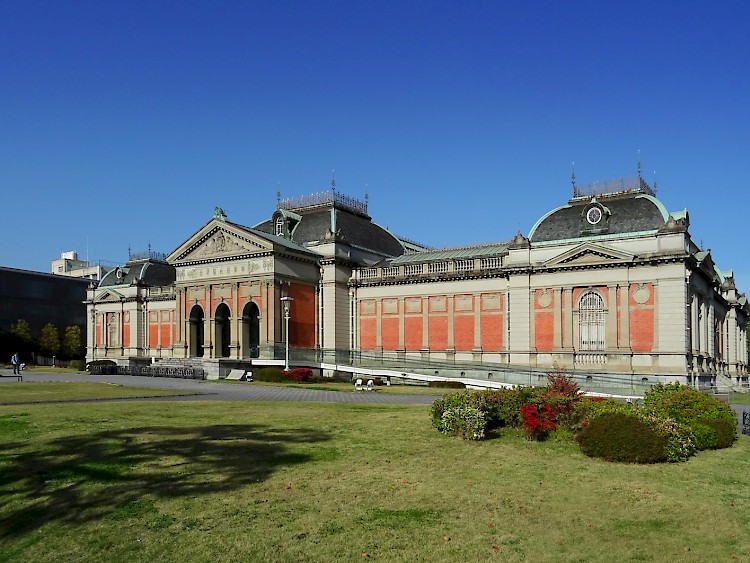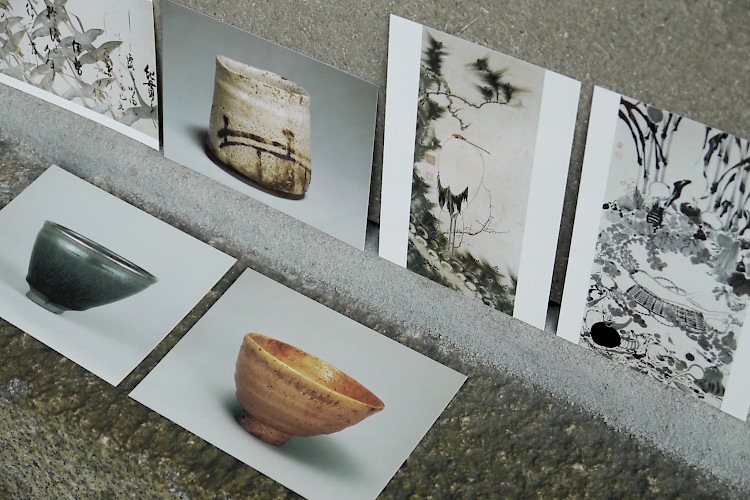For today we decided to visit an exhibition in the Kyoto National Museum, which is called “The Art of Zen – from Mind to Form”. Since it will only take place until mid of May 2016, we are happy to have the chance to see it.

We hope to find new inspiration for our “matchaschalen project”, which we still perform by our little company A.M. GbR (art management for Japanese ceramics and tea utensils), which goes back to a project with European ceramic artists started in 2005. On the other hand we also hope to learn more about the connection between Zen and Japanese Arts. In the third floor of the exhibition we find many calligraphies, around half of them written by Chinese monks, which is due to the fact that Zen Buddhism, like all the other old Buddhists schools, were earlier florishing in China and later they came to Japan, where they partially splitted into new schools.

In the second we find sculptures of Bubbha and Boddhisattvas, which are quite interesting to be seen so close. In the temple mostly it is not possible to come so close and to see all the details and the sorts and character of the materials, they are made of. Finally, in the first floor we find some matcha tea bowls, who mainly were made in the Chinese Song Dynastie, which means that we talk about so called Temmoku Chawan (in Japanese), which orinally are called Tien Me Chawan (in Chinese). One the one hand we miss a bit to see more ceramics, which are usually exhibited in the Kyoto National Galerie, but not now, even of Matcha tea bowls and Zen naturally have a strong connection. But, on the other hand, which is even more regrettable, that there is nearly anything written in English about the exhibited objects, so that we finally do not understand much more about the connection between Zen and Art as I still remember from my university courses. Regrettably, my Japanese is too poor (and I am still too tired because of my little Jetlag), that I also do not take time and try to read the Japanese explanations, which are full of rare Chinese characters, which I cannot read, since all the monks names are written with them. What a pity: So many nice objects exhibited, but nealry impossible to understand by people other than Japanese, and this in the Kyoto National Galerie.

After we come out of the Kyoto National Museum, the beautiful sun of this nice spring day is still shining, we we decide to walk around and look out for pottery artists in Kyoto. After walking some kilometers, we find a little studio of a family, of which nearly all family members are ceramic artists. While the style of the mother is more traditional Kyoto-Style with flower and bid paintings on Matcha tea bowls, the works of her son are more minimalistic and a bit rawer, using more complicated sorts of glazes. We talk about bit and come to the conclusion that we might work together in the near future. Again after a work of around half and hour, we find another place with nice ceramics, were we decide to buy a well arranged set of Kobiki Glaze little tea pots and a Shiboridashi Kyusu.